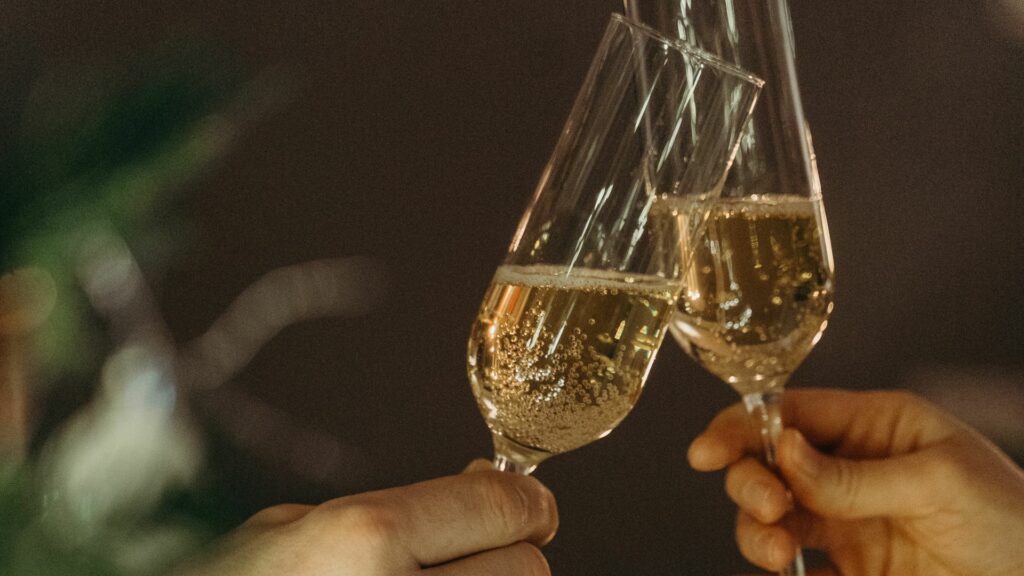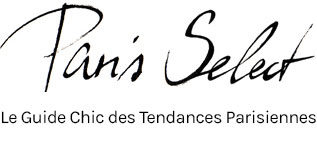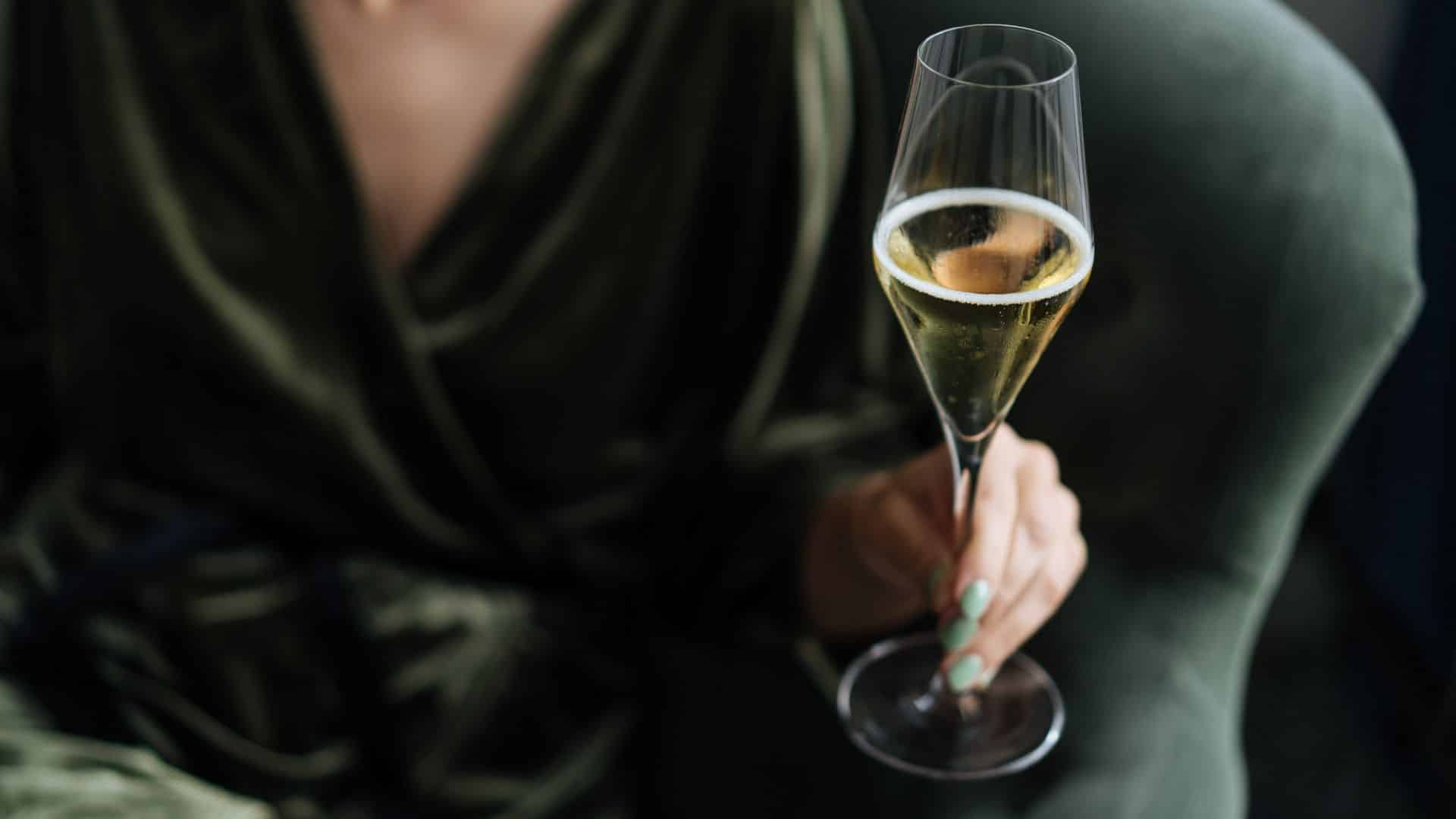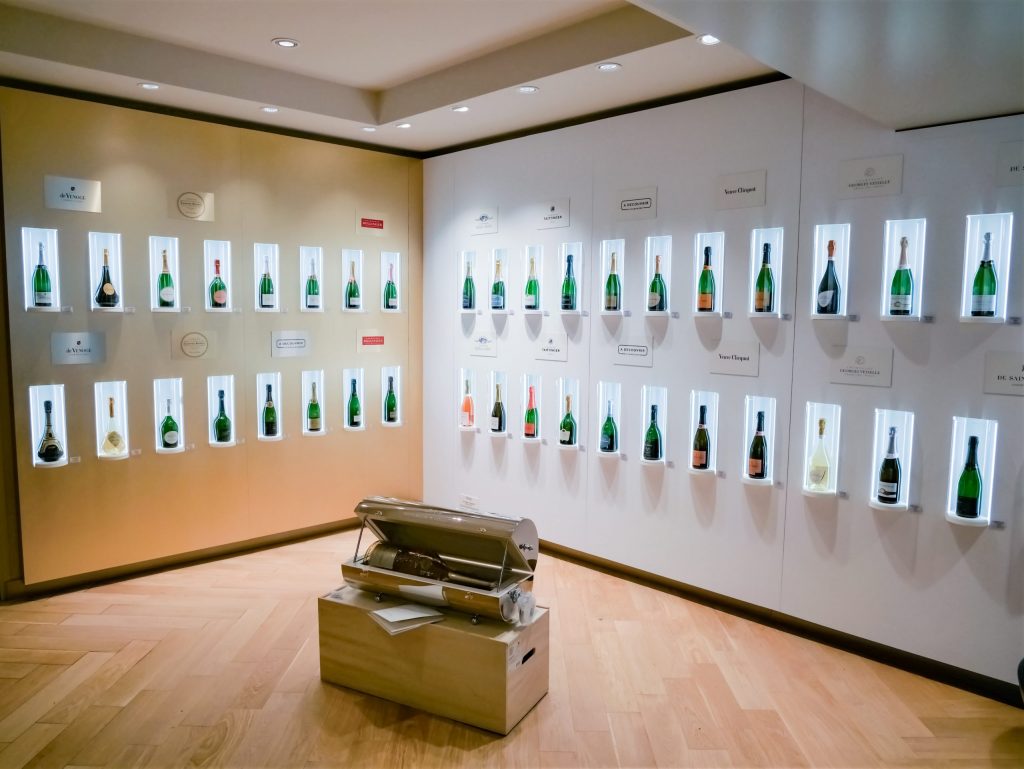Champagne has always fascinated with its diversity of flavors and styles. But how to distinguish between the different types of champagne and understand their uniqueness? Why this variety of dosages? How important are the color and bubbles of a champagne? How to interpret her nose and her coat? Thanks to this guide, brut, sweet, dry and semi-dry champagnes will no longer hold any secrets for you!
The secrets of making champagne
Creating a champagne is a complex artistic process that takes place in several stages. It all starts with making the base wine. A white wine generally quite acidic. Yeast and sugar are then added. The yeasts consume the sugars, which increases the alcohol content and forms the bubbles. Then follows a period of aging, which lasts at least 15 months for non-vintage champagnes and at least 36 months for vintage champagnes, as explained by Audrey Jacquart, oenologist at Nicolas.
Then comes the moment of aging. At this stage, the yeasts degrade and produce complex molecules which give the champagne its finesse and elegance.
Once aging is complete, the champagne goes through the stage of stirring, where the yeast deposit is moved into the neck of the bottle. This meticulous operation requires patience and precision.
The icing consists of removing remaining yeast deposits by immersing the bottle in a refrigerating liquid at -27°C. The final step is disgorging, where the ice cube containing the impurities is evacuated from the bottle.
Finally, an expedition liqueur, a mixture of old wine and sugar, is added to the champagne. This final dosage, which varies according to the preferences of the House, brings the unique touch to each vintage, ranging from brut nature to sweet champagne.

The classification of champagnes
Champagnes are divided into two main categories: vintages and non-vintages. The former come from a single year of harvest, while the latter are blends from several years.
The premiers and grands crus are, for their part, distinguished according to their terroir, each plot contributing to the complexity and balance of the wine.
When it comes to categories, four main categories stand out: Blancs de Noir, Blancs de Blancs, Blancs and Rosé Champagnes, each offering a unique sensory experience.
Also read: Nicolas innovates the house of all champagne houses
The art of tasting champagne
To fully appreciate it, Maison Nicolas recommends observing its color and its bubbles, savoring its nose and soaking up its flavors.
The color and shine of the color reveal clues about the age and taste of the champagne, ranging from green to golden highlights.
Bubbles: a sign of quality
Fine bubbles indicate a quality champagne, while larger bubbles indicate its youth.
The nose: revealer of character
The nose of the champagne offers varied notes, from candied fruits to mineral aromas, foreshadowing the taste that will follow on the palate.
Grape varieties and dosage: keys to taste
The grape varieties used and the sugar dosage determine the unique character of each champagne, offering a wide range of flavors, from tart to sweet.
A good champagne can be recognized by its finesse and its length on the palate, because beyond words, it is in the taste experience that its true essence lies.
The pairings recommended by Nicolas
You are now an expert on champagne! To make the most of this valuable advice, Maison Nicolas has provided us with the pairings of three champagnes from their collection.
1. Duchêne Charles VII white and black duck at €51
Its notes of stewed black fruits offer a rich and decadent sensory experience. This creates a perfect balance with the sweetness of your pastries. Let yourself be carried away by the sophistication of this champagne, designed to enhance your festive moments.
2. Laurent Perrier Rosé at €89
This sublime expression of Pinot Noir is characterized by intense aromas of red fruits, offering great intensity and freshness. This rosé champagne will bring a delicate and festive touch to your desserts, creating a perfect marriage between pastry and the liveliness of the bubbles.
3. Champagne Nicolas Blanc de Blancs Grand Cru 2002 at €108
Conclude your meal in style with the Nicolas Blanc de Blancs Grand Cru 2002, created to celebrate the 200 years of Maison Nicolas. This champagne of very great aromatic intensity, produced in an exceptional vintage for Chardonnays, is the pinnacle of the art of champagne. A memorable finale to your meals, highlighting every moment of joy and sharing.
Find all the champagne references on Nicolas.com
You may also like :




